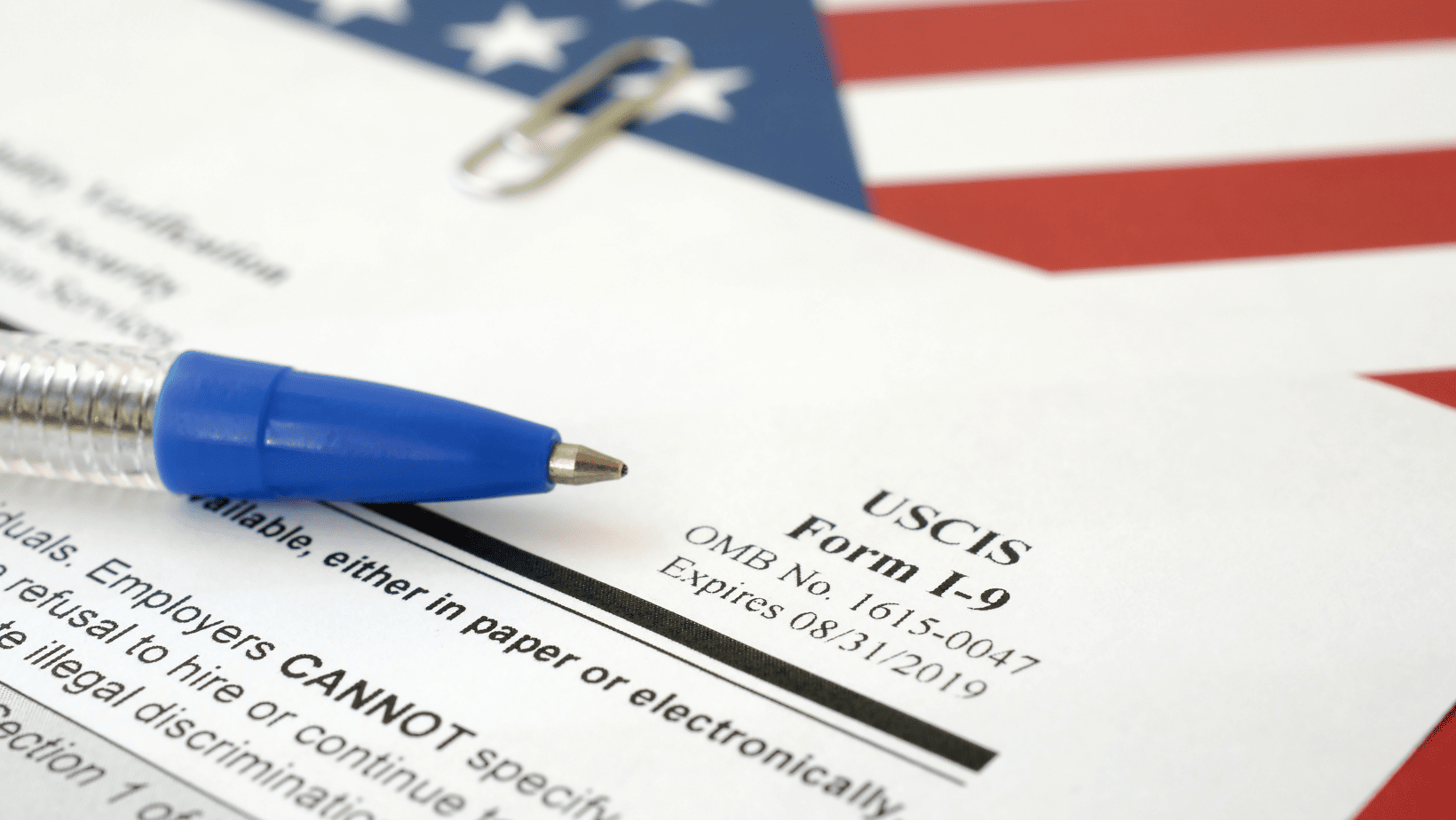While not required by law, an employer may conduct an internal audit of Forms I-9 to ensure ongoing compliance with the employer sanctions provision of the INA. An employer may choose to review all Forms I-9 or a sample of Forms I-9 selected based on neutral and non-discriminatory criteria. If a subset of Forms I-9 is audited, the employer should
consider carefully how it chooses Forms I-9 to be audited to avoid discriminatory or retaliatory audits, or the perception of discriminatory or retaliatory audits. An employer should note that penalties for violations of the employer sanctions provision and the anti-discrimination provision of the INA may be imposed even if an internal audit has been performed.
Before conducting an audit, an employer should consider the purpose and scope of the audit and how it will communicate information to employees, such as the reasons for the internal audit and what employees can expect from the process. An employer should consider the process it will have for fielding questions or concerns about the audit and how it will inform the employees of that process. The employer should consider how it will document its communications with employees and how it will ensure consistent standards when addressing any Form I-9 deficiencies revealed by the audit.
Internal audits should not be conducted on the basis of an employee’s citizenship status or national origin, or in retaliation against any employee or employees for any reason. An employer should also consider whether the audit is or could be perceived to be discriminatory or retaliatory based on its timing, scope or selective nature.
It is recommended that an employer develop a transparent process for interacting with employees during any internal audit. This includes informing the employees in writing that the employer will conduct an internal audit of Forms I-9, explaining the scope and reason for the internal audit, and stating whether the internal audit is independent of or in response to a government directive. When a deficiency is discovered in an employee’s Form I-9, the employer should notify the affected employee, in private, of the specific deficiency. The employer should provide the employee with copies of his or her Form I-9, any accompanying Form I-9 documents, and any other documentation showing the alleged
deficiency. If the employee is not proficient in English, the employer should communicate in the appropriate language where possible. An employer should also provide clear instructions for employees with questions or concerns related to the internal audit on how to seek additional information from the employer to resolve their questions or concerns.
An employer may not correct errors or omissions in Section 1. If an employer discovers an error or omission in Section 1 of an employee’s Form I-9, the employer should ask the employee to correct the error. The best way to correct the error is to have the employee:
- Draw a line through the incorrect information;
- Enter the correct or omitted information; and
- Initial and date the correction or omitted information
Employees needing assistance to correct or enter omitted information in Section 1 can have a preparer and/or translator help with the correction or omitted information. The preparer or translator should:
- Make the correction or note the omitted information or help the employee make the correction or note the omitted information. The employee or preparer or translator should draw a line through the incorrect information and enter the correct information or note the omitted information;
- Have the employee initial and date the correction or omitted information if able;
- Initial and date the correction or omitted information next to the employee’s initials.
If the preparer and/or translator who helped with a correction or noted omitted information completed the preparer and/or translator certification block when the employee initially completed the Form I-9, he or she should not complete the certification block again. If the preparer and/or translator did not previously complete the preparer and/or translator certification block, he or she should:
- Complete the certification block; or
If the certification block was previously completed by a different preparer and/or translator:
1) Draw a line through the previous preparer and/or translator information; and
2) Enter the new preparer and/or translator information (and indicate “for corrections”).
If the employee is no longer working for the employer, the employer should attach to the existing form a signed and dated statement identifying the error or omission and explaining why corrections could not be made (e.g., because the employee no longer works for the employer).
An employer may only correct errors made in Section 2 or Section 3 of the Form I-9. The best way to correct the form is
to:
- Draw a line through the incorrect information;
- Enter the correct or omitted information; and
- Initial and date the correction or omitted information.
An employer should not conceal any changes made on the Form I-9—for example, by erasing text or using correction fluid, nor should the employer backdate the Form I-9.
An employer that made multiple errors in Section 2 or 3 of the form may redo the section(s) containing the errors on a new Form I-9, and attach it to the previously completed form. An employer should attach an explanation of the changes made to an existing Form I-9 or the reason a new Form I-9 was completed, and sign and date the explanation.
If the wrong version of the Form I-9 was completed, then as long as the Form I-9 documentation presented was acceptable under the Form I-9 rules that were current at the time of hire, the employer may correct the error by stapling the outdated completed form to a blank current version, an signing the current blank version noting why the current blank version is attached (e.g., wrong edition was used at time of hire). In the alternative, the employer may draft an explanation and attach it to the outdated completed Form I-9 explaining that the wrong form was filled out correctly and in good faith.


